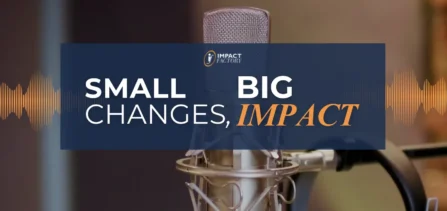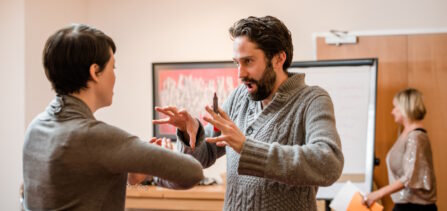
Once upon a time…
Four of the most powerful words in any language. They create anticipation, expectation and excitement!
Once upon a time ….
Four of the most powerful words in any language. They create anticipation, expectation, and excitement. They tap into something almost primeval – we metaphorically rub our hands together waiting to hear ‘what happens next’.
So, isn’t it a real downer when someone tells us a boring story, or one filled with so many facts and figures it makes our heads spin and our eyes glaze over? Equally irritating is a story that seems to go nowhere and just peters out in a dribble. Understanding that things like this can quickly put an audience to sleep is one of the seven laws of presentation success.
Since storytelling is one of man’s earliest forms of communication, our psyches are structured to welcome stories as a major form of interaction. We all love a good yarn. The best after-dinner speakers are paid loadsamoney to entertain their audiences because Once Upon a Time puts us straight into our feelings – laughter, inspiration, passion, and tears.
Listen to our Storytelling Podcast
How to Use Storytelling to Boost Sales
We were chatting in the office recently about our earliest library experiences and everyone remembers their visits to Story Hour and sitting on the floor bursting with anticipation of the goodies to come. Even earlier memories for most of us were being read a bedtime story and begging for more.
And so much of our connection to other people is through the stories we tell.
Bring on the Villain
In true storytelling fashion, I now have to introduce the villain of the piece.
And who might that be?
Well, it’s people and businesses that seem to have forgotten that the best way to convey a potent message is through stories. They think presenting a zillion facts backed up by a squillion figures will do the trick.
It’s 142 PowerPoint slides packed with dense information that puts people to sleep. It’s people and organisations that don’t recognise that one of the best ways to convey information is by making it tantalising, intriguing, and lively.
And the hero?
Well, that’s you, isn’t it?
You can be the hero in your own personal or corporate story by making Once Upon a Time Storytelling an integral part of the way you communicate both verbally and written (including emails!!). You can be a hero by bringing facts and figures to life, boosting the impact of your PowerPoint, and being a more engaging and entrancing communicator.
Stories will give us the happily ever after.
Once Upon a Time
By Jo Ellen Gryzb
Storytelling is an important part of many of Impact Factory’s open courses – including
and
We also run a dedicated one-day Storytelling Course which will equip you with the skills and confidence to use the power of storytelling in your communications.



